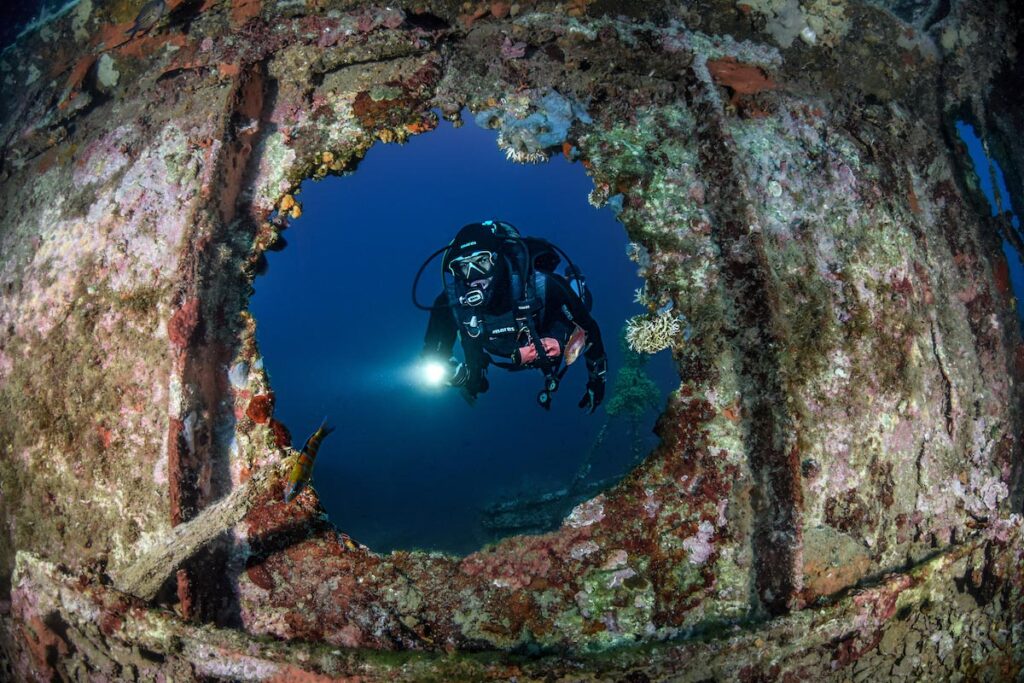The Mediterranean is a wreck diver’s paradise, offering a blend of history, marine biodiversity, and exceptional diving conditions. From ancient Roman ships to WWII submarines and modern artificial reefs, every wreck has unique features and a story to tell. Whether you’re a recreational diver exploring shallow wrecks or a technical diver venturing into the depths, these wrecks provide great diving in the stunning, clear blue waters of the Mediterranean.
What Makes the Mediterranean Great for Wreck Diving?
The Mediterranean has long been vital for trade and travel. Over the centuries, countless ships have traversed its waters, and some have met untimely ends, leaving a trail of wrecks across the seabed. Unlike other wreck-diving hotspots that might focus on one historical era, the Mediterranean offers a diversity of wrecks spanning thousands of years.
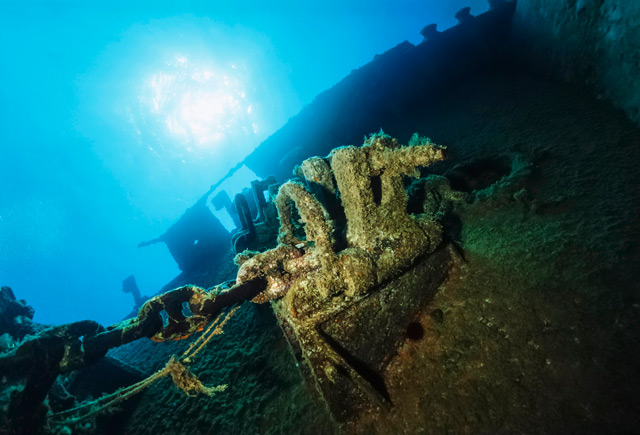 Image: DepositPhotosImage: DepositPhotos
Image: DepositPhotosImage: DepositPhotosAngelo Giampiccolo/DepositPhotos
Ancient shipwrecks date back to the height of Roman and Greek trade, their cargoes often still intact in the form of amphorae and pottery, and sometimes Roman coins. Fast-forward to modern times, and you’ll find a wealth of diveable wrecks from the world wars. The Mediterranean was key in both World War I and II, and its waters hold submarines, cargo ships, and downed aircraft. Over time, these wrecks have become thriving artificial reefs, attracting a variety of Mediterranean marine life.
Top Wreck Dives in the Mediterranean
1. Zenobia, Cyprus
- Depth: 16-42 meters (52-138 feet)
- Skill Level: Advanced
The Zenobia is a Swedish cargo ship that sank in 1980 on its maiden voyage and is often ranked among the top wreck dives in the world. Resting on its port side near Larnaca, this massive vessel is 172 meters (564 feet) long and offers endless diving opportunities. Divers can swim through cargo holds filled with trucks, the bridge, and crew quarters, all while enjoying the marine life that has made the wreck its home, including barracudas, groupers, and jacks. The Zenobia’s combination of history, marine biodiversity, and sheer size makes it a must for wreck diving fans.
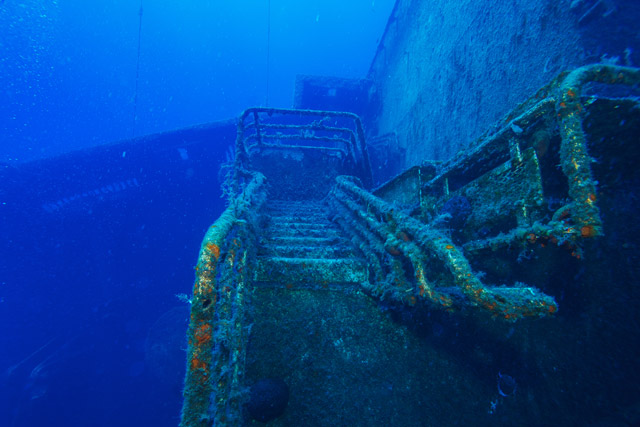
2. Um El Faroud, Malta
- Depth: 15-36 meters (49-118 feet)
- Skill Level: Intermediate to Advanced
Scuttled in 1998, the Um El Faroud is a 10,000-ton oil tanker that lies near Malta’s southern coast. The wreck is 115 meters (361 feet) long and sits upright on a sandy bottom, offering divers access to vast cargo holds, the engine room, and the bridge. Its well-preserved structure is ideal for underwater photography, and its marine life includes schools of bream, moray eels, and octopuses. Accessible yet challenging, the Um El Faroud is a favourite for divers seeking a balance of historical features and underwater beauty.
 Image: DepositphotosImage: Depositphotos
Image: DepositphotosImage: Depositphotos3. Le Rubis, France
- Depth: 40 meters (131 feet)
- Skill Level: Advanced
Le Rubis is a WWII-era submarine scuttled intentionally off the French Riviera in 1958. Measuring 66 meters (217 feet) in length, it remains almost entirely intact, making it a captivating dive site. Divers can observe the exterior features of this submarine while enjoying the clear Mediterranean waters and abundant marine life. This site can be subject to strong currents, but its historical significance and excellent condition make Le Rubis one of the top wreck dives in France.
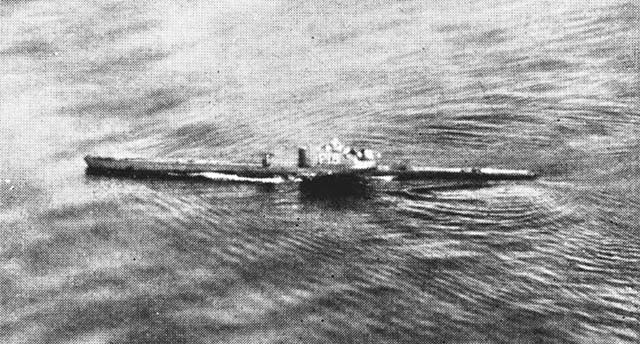
4. KT12 Wreck, Sardinia, Italy
- Depth: 24–34 meters (79–112 feet)
- Skill Level: Advanced
The KT12 is a German WWII cargo ship sunk by the British submarine HMS Safari in 1943. Resting off the coast of Sardinia, the wreck is partially intact. Many features, including the cargo hold, damage caused by the torpedo that sank this vessel, and the anti-aircraft gun, are still visible. The site is known for its excellent visibility, which provides divers with stunning views of both the wreck and the surrounding seabed. Due to its depth range and occasional currents, this dive is best suited to divers with wreck and deep diving experience.
5. Perseus Submarine, Greece
- Depth: 52 meters (171 feet)
- Skill Level: Technical
The Perseus, a British submarine from WWII, lies near Kefalonia in Greece. It sank in 1941 after striking a mine and now rests upright on the seabed at 52 meters, making it accessible only to experienced technical divers. The wreck is well-preserved, with its structure intact and details like the conning tower, propellors, and hatches still visible. Marine life, including sponges, small reef fish, amberjacks, and snappers, adds color to this impressive wreck.
6. MV Karwela, Gozo
- Depth: 30-40 meters (98-131 feet).
- Skill Level: Intermediate
Formerly a passenger ferry, the Karwela was scuttled in 2006 to create an artificial reef. Divers can explore its photogenic staircases and corridors, and there is plenty to see on the three decks. This wreck can be dived from shore or boat and is one of Gozo’s most popular wrecks.
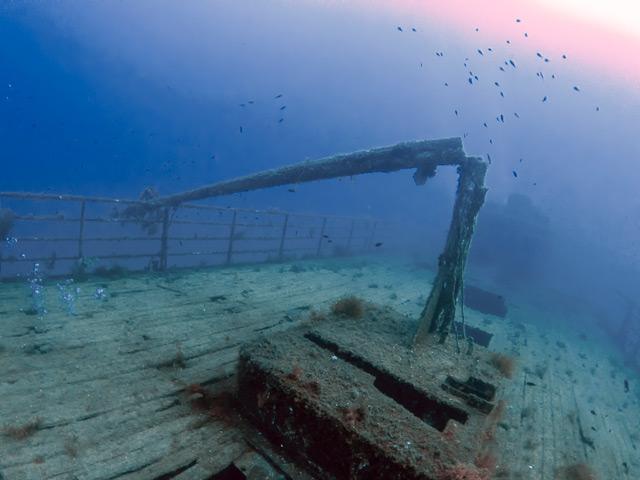
7. HMHS Britannic, Greece
- Depth: 120 meters (394 feet)
- Skill Level: Technical
The HMHS Britannic, the sister ship of the Titanic, is one of the largest and most famous wrecks in the world. Sunk in 1916 during World War I after striking a mine, the Britannic now rests off the coast of Kea Island in the Aegean Sea. At a depth of 120 meters, this wreck is accessible only to experienced technical divers equipped with specialized training and appropriate gear. The ship is remarkably well-preserved, offering a hauntingly beautiful glimpse into maritime history.
Divers can explore the massive hull, portholes, and remains of the ship’s once-luxurious interiors. The site is also a hub for marine life, with schools of fish, soft corals, and sponges thriving on its structure. Its historical significance, connection to the Titanic, and challenging conditions make the Britannic a bucket-list destination for technical diving.
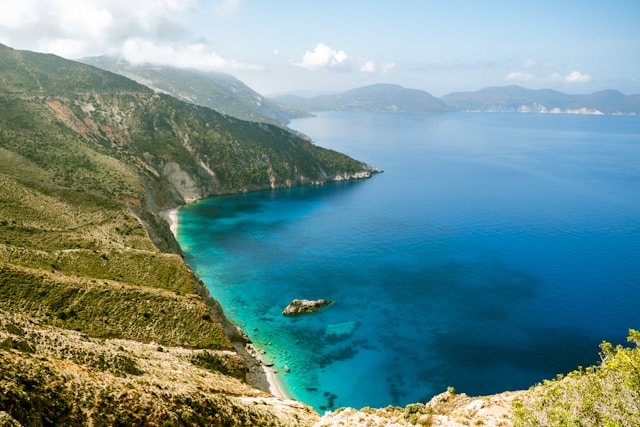
Dive Conditions in the Mediterranean
The Mediterranean’s dive conditions make it particularly well-suited for wreck diving. Calm seas, minimal currents, and water temperatures that range from 15°C to 28°C (59°F to 82°F) allow for great diving nearly year-round. Visibility is often exceptional, averaging 20 to 30 meters (66 to 98 feet), with some areas exceeding 40 meters (131 feet).
The best time for wreck diving is typically between May and October, when the water is warm, and the seas are calm. However, winter diving is also possible for those with appropriate exposure protection and experience in drysuit diving.
What Gear Do You Need for Wreck Diving?
Exploring wrecks, especially in deeper or more technical sites, requires some specialized equipment. Reliable dive lights are essential for illuminating dark interiors and examining details on the wreck. A DSMB and cutting tools are essential for safety, especially in areas with boat traffic or potential entanglement hazards. Reels and lines are vital for wreck penetration dives.
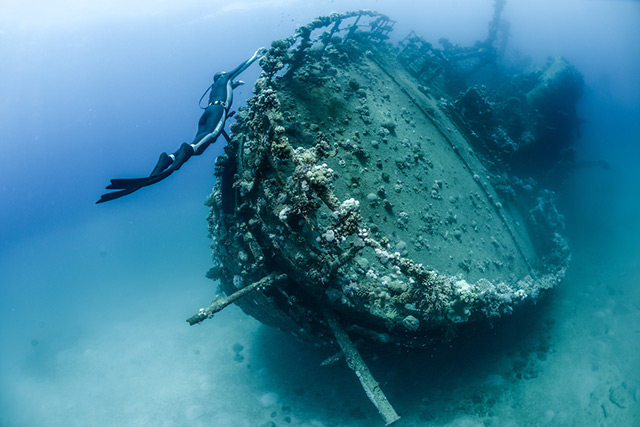
The interior of wrecks can be colder than the surrounding waters due to a lack of water movement, so make sure you are well prepared. A 5mm wetsuit is sufficient in summer in the Mediterranean, but a drysuit may be necessary for colder months or deeper, cold wrecks.
What Training Do You Need for Wreck Diving?
Many wrecks in the Mediterranean are accessible to Advanced Open Water divers. But if you want to tackle deeper, more challenging wrecks, consider additional training in Extended Range wreck diving and technical wreck diving.
This article was written by Kathryn Curzon, a dive travel writer for SSI.
Image credits:
- Wreck diving Med: SSI
- Mediterranean wreck: DepositPhotos
- Um El Faroud wreck in Malta: Depositphotos
